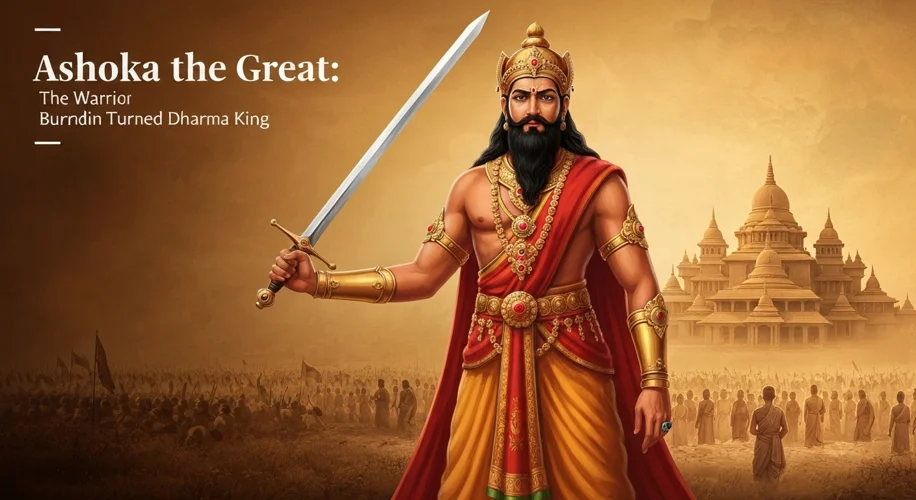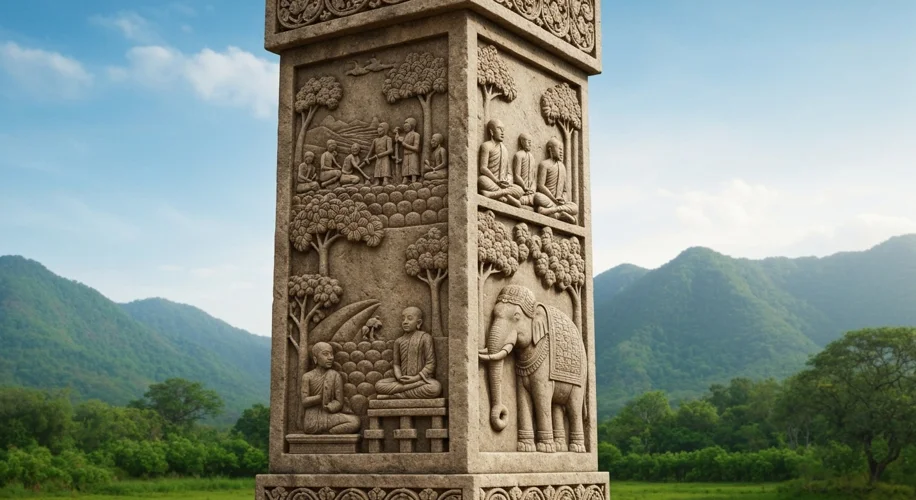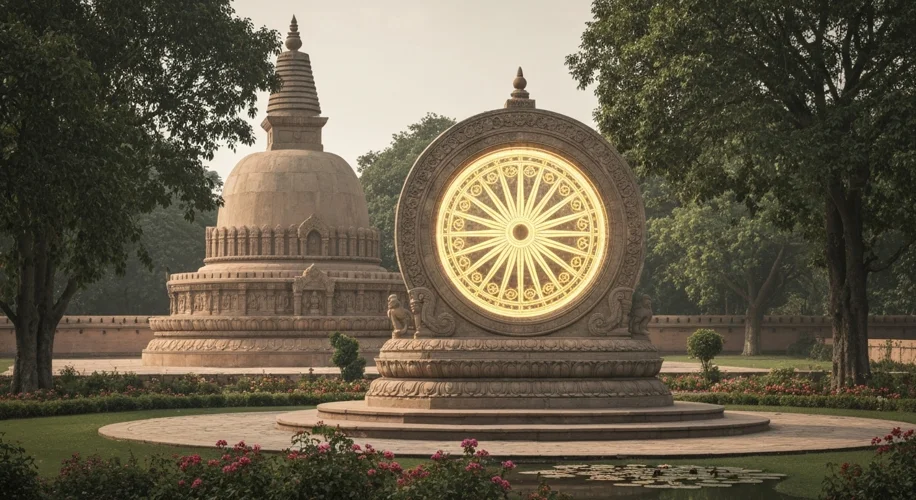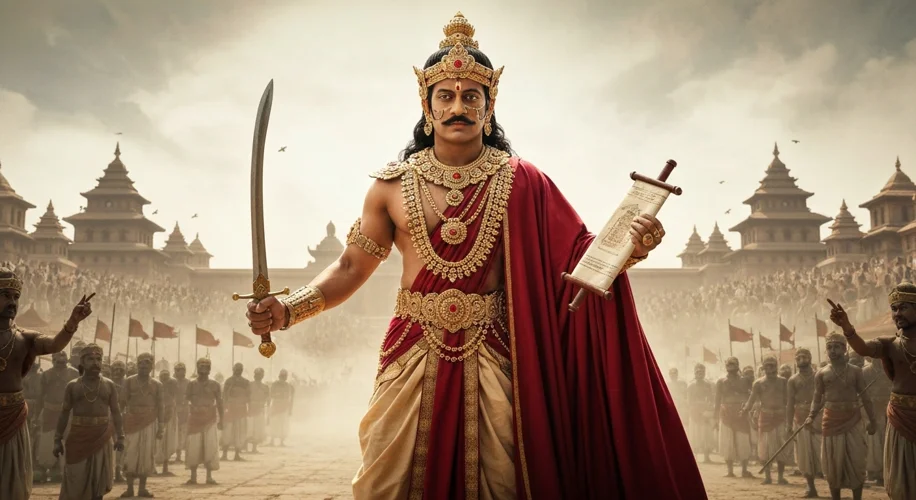Imagine a ruler whose ambition was so vast it encompassed nearly the entirety of the Indian subcontinent. Picture a man who, after wading through the blood of his enemies, found a profound transformation within himself, altering the course of history not with the sword, but with the gentle, unwavering principles of peace and compassion. This is the compelling saga of Ashoka, the Mauryan emperor whose reign, from approximately 268 to 232 BCE, remains a luminous chapter in the annals of human civilization.
Ashoka ascended to the throne of the mighty Maurya Empire amidst a backdrop of fierce political intrigue and the constant hum of ambition. The empire itself was a colossus, built by his grandfather Chandragupta Maurya, a ruler renowned for his strategic brilliance and iron will. Ashoka, initially, seemed destined to follow a similar path. He was a formidable warrior, a prince with a keen understanding of power and a thirst for expansion. His early years were marked by military campaigns, consolidating and expanding the vast territories his family had painstakingly assembled.

The defining moment of Ashoka’s reign, and indeed, the pivotal event that reshaped his destiny and the future of millions, was the Kalinga War. Kalinga, a prosperous independent kingdom on the eastern coast of India, resisted Maurya dominion. Ashoka, enraged by this defiance, unleashed the full might of his empire upon it. The campaign was brutal, a conflagration of violence that Ashoka himself would later describe with chilling detail in his edicts. The battlefield was a scene of unimaginable carnage, with over 100,000 soldiers and an equal number of civilians perishing, and countless others wounded or displaced.
When the dust settled, and Kalinga lay vanquished, Ashoka surveyed the devastation he had wrought. The sheer scale of the suffering, the rivers of blood, the wails of the bereaved – it pierced through his warrior’s heart. This was not the glorious victory he had envisioned. It was a hollow triumph, stained with an overwhelming sense of guilt and remorse. History tells us that it was on this blood-soaked field that Ashoka underwent a profound spiritual awakening. He encountered Buddhist monks and was deeply moved by their teachings of peace, non-violence (ahimsa), and compassion. The philosophy of Buddhism offered solace to his troubled soul, a path away from the cycle of violence that had defined his life so far.
This conversion was not a mere passive acceptance of a new faith; it was a radical reorientation of his entire being and his imperial policy. Ashoka famously declared, “All men are my children.” He renounced aggressive warfare, famously stating in one of his rock edicts, “If you were to ask me what is the victory I hold dear, it is the victory of righteousness (Dhamma).” His focus shifted from territorial conquest to spiritual conquest, from the expansion of his empire through military might to the spread of his benevolent rule and the principles of Dhamma.

Ashoka’s transformation manifested in tangible ways. He embarked on extensive public welfare programs. He ordered the construction of hospitals for both humans and animals, dug wells, planted trees along roadsides, and established rest houses. He sent emissaries to spread the message of Buddhism throughout Asia, reaching as far as Sri Lanka, Central Asia, and even parts of the Mediterranean world. His reign became synonymous with an era of peace, tolerance, and ethical governance. He issued edicts, inscribed on pillars and rocks scattered across his vast empire, outlining his principles of governance, justice, and social welfare. These edicts, written in various Prakrit dialects and Brahmi script, offer invaluable insights into his vision for a just and compassionate society.

The legacy of Ashoka the Great is immense. His conversion and subsequent patronage of Buddhism played a crucial role in the religion’s spread and establishment as a major world faith. The principles of non-violence and tolerance that he championed continue to resonate millennia later, inspiring leaders and movements for peace around the globe. The Ashoka Chakra, a symbol of his reign and the Dharma, is proudly featured on India’s national flag and emblem, a constant reminder of his ideals. Ashoka’s story is a powerful testament to the capacity for change, demonstrating that even the most hardened warrior can find redemption and dedicate his life to the betterment of humanity, proving that true victory lies not in conquering lands, but in conquering oneself through righteousness and compassion.

